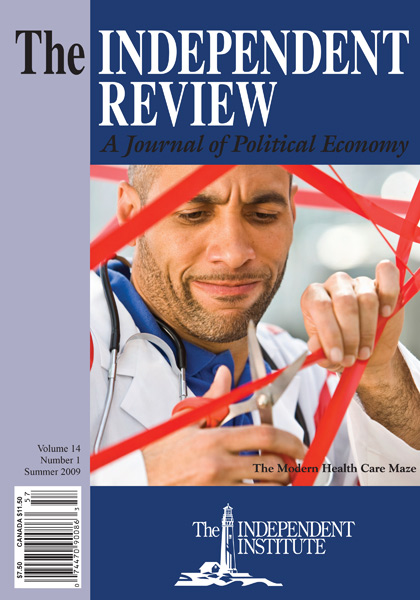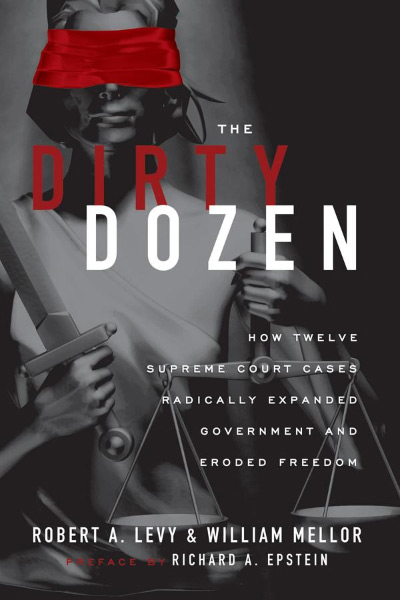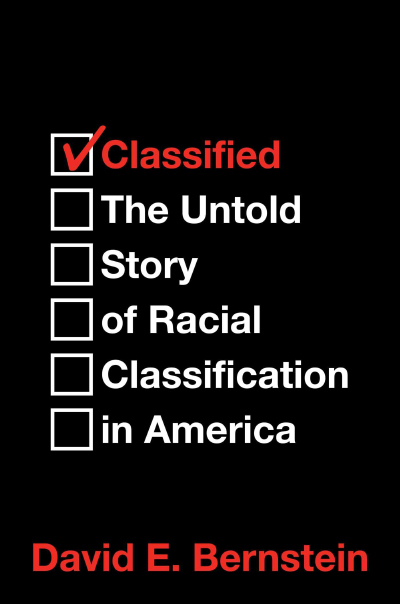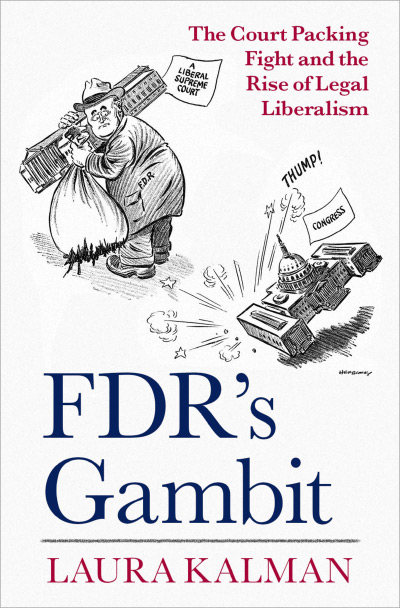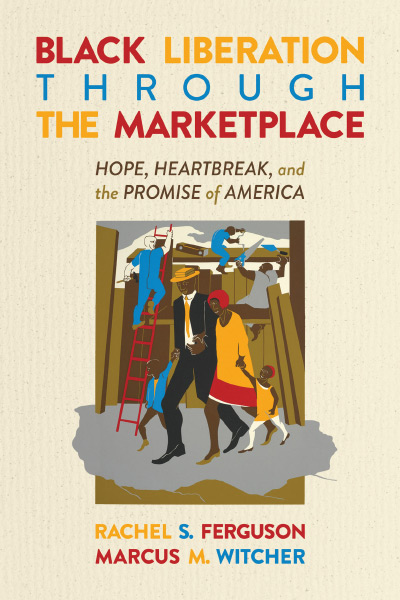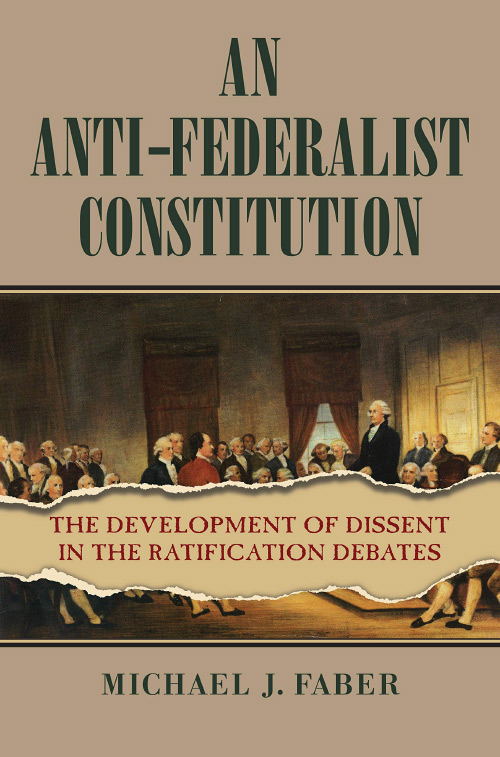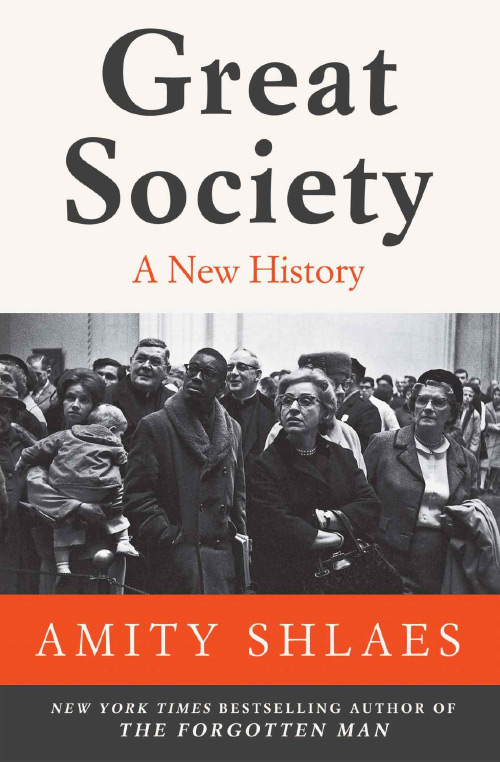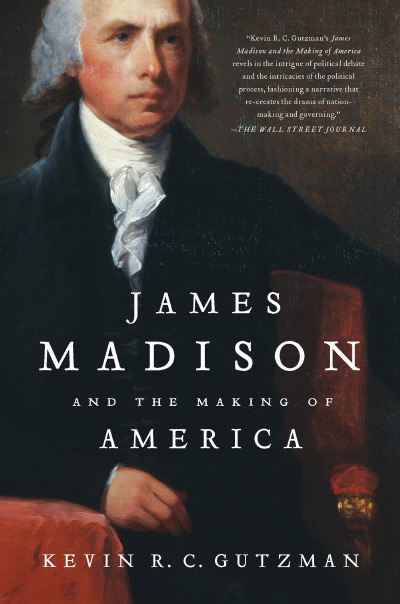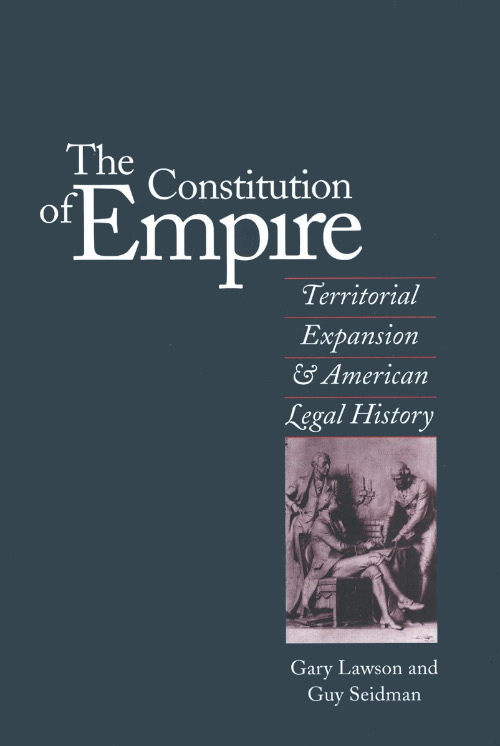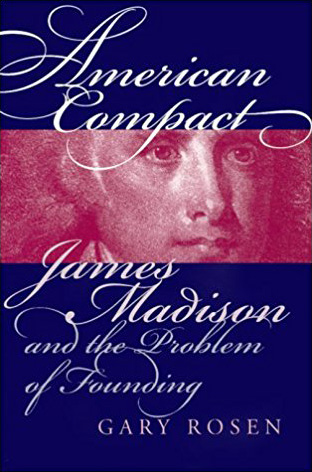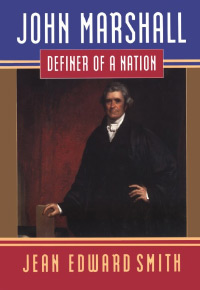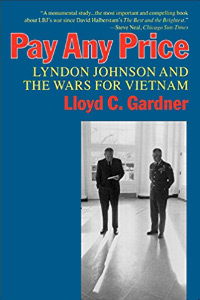From the world of sports to the political arena, Americans have long been addicted to rankings. For example, a vast literature seeks to identify successful presidents and “great” Supreme Court justices (see Alvin Felzenberg, The Leaders We Deserved and a Few We Didn’t: Rethinking the Presidential Rating Game [New York: Basic Books, 2008].) Similarly, scholars have prepared lists of notable Supreme Court decisions, but such efforts at rating these decisions are fraught with hazard. What criteria should be employed in making such determination? To what extent do the political predilections of those who evaluate public figures or judicial decisions influence their rankings? Does a presentist bias skew ratings in a way that gives greater weight to more recent decisions and jurists?
Robert A. Levy and William Mellor have authored a stimulating book that takes a markedly different tack in the rankings game. Rather than focus on supposedly “great” rulings, they select and critique the Supreme Court’s twelve most harmful decisions since the New Deal era. Their baseline for picking the cases is a libertarian commitment to the principles of limited government and personal freedom. Like those who seek to craft a list of “great” judges or decisions, Levy and Mellor conducted a poll of scholars to ascertain the “worst” Supreme Court rulings. However, the authors did not feel bound by the survey results and ultimately used their own judgment in compiling the final list. As a bonus, the volume contains a foreword in which Richard A. Epstein discusses and sometimes challenges the authors’ selections.
Levy and Mellor arrange the twelve decisions into two categories: those that enlarged government’s reach and those that undermined individual liberty. Then for each case they provide a discussion of the facts, an analysis of the constitutional issues involved, and an explanation of the decision’s impact. Each of these rulings is already the subject of extensive scholarly comment and criticism, but this volume is a pioneering effort to present them as a pattern of Supreme Court behavior.
Not surprisingly, the authors trace the demise of a limited national government to the New Deal era of the late 1930s. Drawing on the Progressive legacy, New Dealers sought to enlarge the scope of federal power greatly in order to promote social welfare and manage the national economy. The New Deal program ran directly counter to traditional constitutional doctrines stressing a limited federal government and a high level of regard for the rights of property owners. Impatient with constitutional constraints, New Dealers saw property rights as a barrier to their agenda. Following the constitutional revolution of 1937, the Supreme Court ratified greatly enlarged national power and abandoned its historic solicitude for the rights of property owners. “During the Roosevelt era,” the authors insist, “the Supreme Court effectively rewrote the Constitution” (p. 29). Three of the four cases that, in the authors’ view, inappropriately expanded governmental power date from the New Deal era: Helvering v. Davis (1937, upholding Congress’s authority to tax and spend to promote the general welfare beyond its enumerated powers); Wickard v. Filburn (1942, granting Congress almost unlimited authority to govern commerce); Home Building and Loan Association v. Blaisdell (1934, upholding a state mortgage foreclosure moratorium and virtually gutting the Constitution’s contract clause). The final case in this category, Whitman v. American Trucking Associations (2001, upholding the delegation of legislative authority to administrative agencies), is a direct product of the rise of the administrative state during the New Deal era.
The second part of the book identifies eight Supreme Court decisions that eroded individual freedom. Four decisions in this group deal with the vanishing rights of property owners in post–New Deal jurisprudence: United States v. Carolene Products (1938, introducing a hierarchy of rights for purposes of judicial review and subordinating economic rights to the bottom of the hierarchy); Penn Central Transportation Co. v. New York (1978, fashioning an amorphous and ad hoc balancing test that makes it difficult for owners to prevail in regulatory taking cases); Bennis v. Michigan (1996, upholding civil forfeiture of even an innocent owner’s property used to facilitate crime); Kelo v. City of New London (2005, sustaining exercise of eminent domain to acquire property for transfer to other private parties for economic development purposes). Taken together, these decisions vividly illustrate the diminished place of property rights in contemporary constitutionalism. They also demonstrate how far the Supreme Court has wandered from the views of the framers, who regarded the security of private property as crucial for the maintenance of political freedom.
The other selected cases cover a wide range of topics. Few readers would be surprised to discover Korematsu v. United States (1944) on the list. This simply outrageous decision by the New Deal court upheld the detention of Japanese Americans during World War II without any semblance of due process of law. With their selection of McConnell v. Federal Election Commission (2003), the authors call into question the Supreme Court’s reputation as a champion of freedom of speech. They argue that the line of decisions dealing with limits on political contributions, cumulating in McConnell, subverts the First Amendment and serves to protect incumbents from challengers. “Campaign finance laws,” the authors insist, “attack the heart of our democratic political system” (p. 89). They appropriately note, however, that the Court recently reined in McConnell to some extent by permitting more advocacy. One might add that there is little evidence that the campaign finance laws have in fact limited the amount of money flowing into the political process. The authors also list Grutter v. Bollinger (2003), which sustained the use of racial preferences in higher education in order to achieve student body diversity. The authors express concern that the use of racial classifications constitutes a departure from the appropriate constitutional standard of nondiscrimination.
One decision singled out by the authors, United States v. Miller (1939), warrants special comment because it has already been partially overtaken by subsequent developments. The short and cloudy opinion in Miller focused primarily on whether federal restrictions on the transportation of short-barreled shotguns in interstate commerce ran afoul of the Second Amendment. Miller did not provide a careful examination of that amendment. Although the Court concentrated on the type of weapons at issue, it briefly commented that the purpose of the amendment was to ensure the effectiveness of the militia. A number of judges and commentators seized on this language to conclude that the Second Amendment did not safeguard an individual right to keep arms, but was confined to a state militia. In District of Columbia v. Heller, decided in 2008, the Supreme Court for the first time squarely considered the issue of individual rights under the Second Amendment. It concluded that the Second Amendment confers an individual right to bear arms and that Miller stands only for the proposition that certain types of weapons are not protected by that amendment. Left unresolved was the application of this Second Amendment guarantee to the states because the case involved a federal enclave, the District of Columbia. The Supreme Court has now confined Miller to its particular facts, and its place among the “dirty dozen” might profitably be reconsidered.
Unlike some conservatives, the authors have no patience with theories of judicial restraint and deference to legislative judgments. Such an approach, in their view, simply paves the way for increased governmental power and diminished individual freedom. Levy and Mellor remind us that Kelo, widely derided by conservatives and property-rights advocates, was an example of judicial restraint. Their central complaint is that the judiciary has abdicated its responsibility to enforce constitutional provisions intended to maximize individual freedom by establishing only a limited federal government. Their argument is simply put: “Judicial engagement is essential to maintaining our liberties” (p. 224). The authors correctly point out that neither liberals nor conservatives have been consistent with respect to the role of the judiciary.
This provocative and readable volume offers a fresh look at the Supreme Court’s work since the late 1930s. Rejecting the customary wisdom that celebrates the Court as a defender of individual liberty, Levy and Mellor use their “dirty dozen” decisions as a vehicle to argue that the Court has radically revamped the Constitution and in the process has failed in its responsibility to restrain government. To be sure, it is an open question whether the framers’ constitutional vision, with its stress on limited government and protection of economic rights, can be reclaimed in the face of political currents moving in the opposite direction. Nevertheless, this challenging book should interest anyone concerned with the history of the Supreme Court and individual liberty. A valuable contribution to the debate over constitutional principles, it deserves a wide audience.
| Other Independent Review articles by James W. Ely, Jr. | ||
| Summer 2024 | The Court at War: FDR, His Justices, and the World They Made | |
| Fall 2022 | New Democracy: The Creation of the Modern American State | |
| Spring 2015 | The Classical Liberal Constitution: The Uncertain Quest for Limited Government | |
| [View All (12)] | ||

